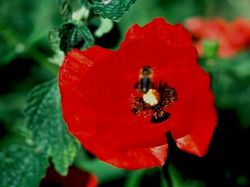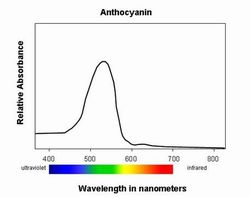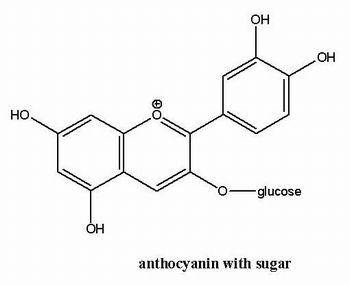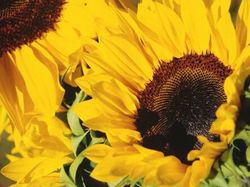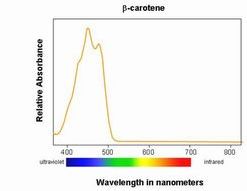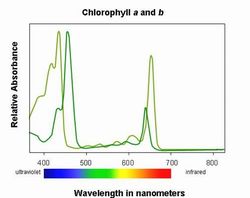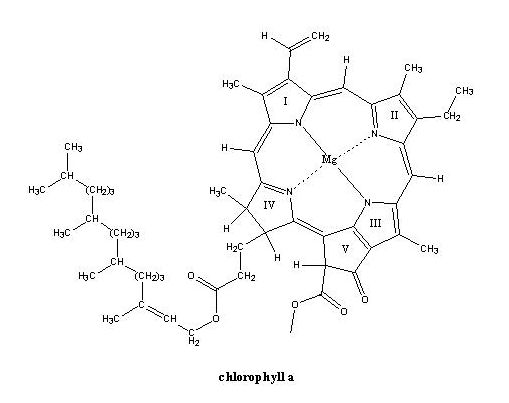You are here
Leaf Pigments
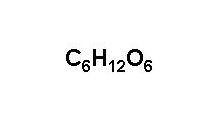
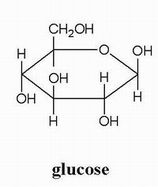
Plants make an amazing variety of pigment molecules, far more than animals. After all, plants are creatures of light. They sense light to control their growth and rapid responses to the environment, and they use light as their source of energy. Plants produce pigments to advertise rewards for animals which pollinate flowers and disperse seeds. Thus, pigments may have physiological and/or biological functions.
There are three types of pigments present in the leaves of plants, and their retention or production determines the colors of leaves before they fall from , molecules, beyond the simple chemical formulas that describe the numbers of atoms of different elements making up the molecule. The example shown here is the common sugar glucose.
Glucose can be purchased as a sweetener, most commonly is one half of the common table sugar (sucrose), which is a disaccharide. More complicated diagrams will be displayed to illustrate the structures of the three types of pigments that are present during the aging of leaves: chlorophylls, carotenoids, and anthocyanins.
Carotenoids
Carotenoids are very long-chain water-repelling pigments that are synthesized in the plastids of plant cells. In the sunflower, a common carotenoid, ß-carotene, is produced in the chromoplasts of the ray flowers to produce bright yellow-orange colors. These pigments primarily absorb in the blue wavelengths, allowing the longer wavelengths to be scattered and producing the yellow color. In autumn foliage, the carotenoids are left over in the chloroplasts and revealed from the loss of chlorophyll.
Chlorophylls
The chlorophylls, a and b, are the pigments of photosynthesis. They are produced in chloroplasts in the photosynthetic tissues of the leaf. The chlorophyll molecules are very water repelling, partly because of the long phytol tail in the molecule. The closed ring of the molecule is similar to the hemoglobin of our blood, but holds a magnesium ion rather than iron. It is a large and expensive molecule to make, partly because each ring contains four nitrogen atoms. Chlorophyll is normally broken down towards the end of the leaf life span, and much of the nitrogen is resorbed by the plant.
Anthocyanins
Anthocyanins are water-soluble pigments produced via the flavonoid pathway in the cytoplasm of the colored plant cell. The attachment of the sugar molecule makes them particularly soluble in the sap of the vacuole, where these molecules are stored…..once they are launched. These are responsible for the pink-red colors of most flower petals, of most red fruits (like apples) and almost all red leaves during the autumn. Anthocyanins absorb light in the blue-green wavelengths, allowing the red wavelengths to be scattered by the plant tissues to make these organs visible to us as red.
